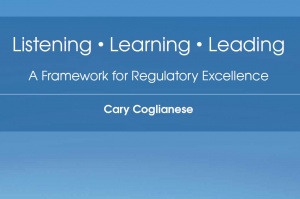
A Framework for Regulatory Excellence

The report 'A Framework for Regulatory Excellence', published by Penn University on 23 October 2015, discusses the qualities that make a regulator excellent, how excellence can be measured, and how a regulator can achieve it.
It results from a project, commissioned by the Alberta Energy Regulator, which addressed the following questions:
- What are the attributes of regulatory excellence?
- To what do these attributes apply?
- How can a regulator become or remain excellent?
- How can a regulator measure its progress toward or its attainment of excellence?
The report defines regulatory excellence as how well an agency embodies three core attributes:
- Integrity - the regulators commitment to servicing public interest, to respecting the law and to working with elected representatives.
- Engagement - the regulator employs transparent public engagement methods, and treats regulated entities, landowners and concerned parties with respect.
- Competence - the regulator maximises public value and takes actions to achieve a high level of performance.
When discussing how a regulator can measure its progress towards excellence, the report outlines a series of questions that agencies can consider to assess their performance. These questions cover the agency's internal management, priority setting/decision making processes, problem solving and external engagement.
Read the full report here: PPR Final Conveners Report

